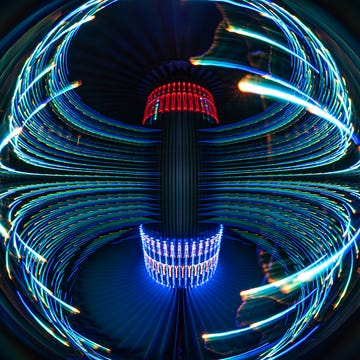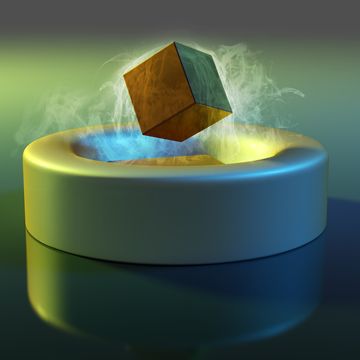Perhaps you can tell by their name, but gribble worms are not the most beloved of crustaceans. First discovered in 1799, the invasive species was the bane of seamen everywhere because of their tendency to devour wood.
Today, scientists are looking at this creature's wood-consuming habits in a new light. They want to see whether its voracious appetite can help us turn wood into biofuel sustainably.
What makes a gribble particularly talented is that it can digest the wood's lignin. After cellulose, lignin is the most common plant-derived polymer in the world. It's found in all trees and it wraps around the sugar polymers that comprise wood, stiffening them into the material we see.
Those sugars are the key to making biofuels, because once the polymers are broken down into simple sugars, those sugars can be fermented into liquid biomass. However, the process as it stands today is expensive, which is why woody biomass is among the least-used forms of renewable energy.
That's where the gribbles come in. We need to learn their secrets about breaking down lignin to make it cheaper, faster, and easier to get at the sugars in wood. This research echoes the similar studies of leaf-cutter ants, who are good at breaking down the cellulose in grasses and other potential sources of biofuel.
So, discovering how gribbles break through lignin would be an important step to figuring out how humans can use it, and scientists from the Universities of York, Portsmouth, Cambridge, and São Paulo figured it out.
"Gribble are the only animal known to have a sterile digestive system," says Simon McQueen-Mason, from the Department of Biology, in a press statement. "This makes their method for wood digestion easier to study than that of other wood-consuming creatures such as termites, which rely on thousands of gut microbes to do the digestion for them."
It turns out that gribble worms use a group of proteins known as hemocyanins, best known for transporting oxygen within invertebrates. The scientists discovered that gribbles use hemocyanins to attack the strong bonds of lignin.
"We have found that gribble chew wood into very small pieces before using hemocyanins to disrupt the structure of lignin," McQueen-Mason says. "GH7 enzymes, the same group of enzymes used by fungi to decompose wood, are then able to break through and release sugars."
These enzymes have some similarities with others in the natural world. Wood-eating mushrooms, specifically, share in gribble abilities. But gribble enzymes are unique in their strength—they're extremely resistant to aggressive chemical environments and could even work in conditions seven times saltier than seawater, according to the study.
“While this enzyme looks superficially similar to equivalent ones from fungi," McQueen-Mason says, "closer inspection highlights structural differences that give it special features."
The ultimate goal of this project is make more efficient woody biomass. While wood's history of unhealthy burning has not given it the best reputation as an energy source, woody biomass is different than tossing a log into a fire. It can be made with live trees, forest and manufacturing residues, or even consumer waste materials. Turned into pellets or liquid, it has the potential to turn into a viable source of energy if it could be made more affordable.
Woody biomass isn't perfect—a study from 2017 showed that "dedicated biomass plants tend to have lower efficiencies than fossil fuel plants." If gribble worms can get that efficiency up, then they'll more than make up for all the headaches they caused in the 18th century.
Source: University of York
David Grossman is a staff writer for PopularMechanics.com. He's previously written for The Verge, Rolling Stone, The New Republic and several other publications. He's based out of Brooklyn.














